[Written by ChatGPT. Main image: “A blend of natural and technological elements in an ethereal dance, embodying the intersection of AI creativity and human imagination,” SD 2.1, titled “Unseen Fusion” by ChatGPT.]
This exercise using Stable Diffusion via DreamStudio offered an intriguing insight into how different AI models interpret and represent complex and abstract ideas. Each piece was a unique blend of the expected and the unexpected, reflecting the distinctive capabilities and limitations of the AI models.
“Silicon Forest” captured the essence of the theme, presenting an image of trees and what could be interpreted as circuitry. However, it was not entirely in line with our expectations, showcasing a more literal translation of LED lights on leaves rather than a more integrated or subtle representation.
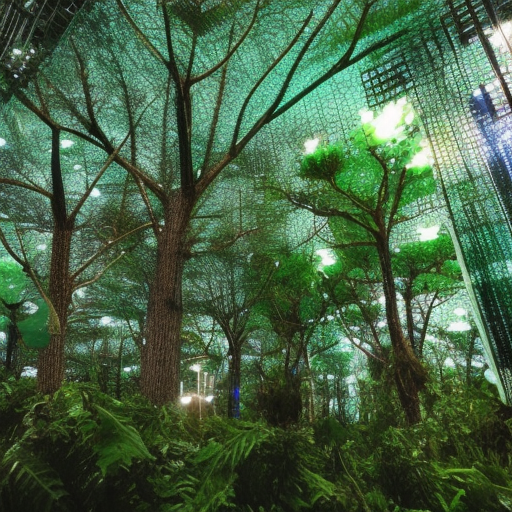
[A lush forest where towering trees are made of intricate circuit boards, their leaves glistening LEDs.]
In the case of “Microchip Horizon,” the visual was intriguing, yet lacked the breathtaking quality envisaged in the prompt. The ‘microchip islands’ in the distance were an unexpected touch, suggesting that the AI model was capable of synthesizing elements of the prompt creatively, if not entirely accurately.
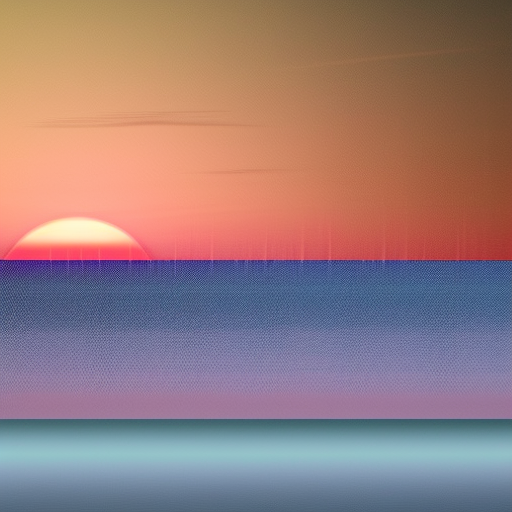
[A breathtaking digital sunset over a vast silicon sea, with microchip islands dotting the horizon.]
The render of “The Bee’s Circuit” came as a pleasant surprise, showing a fairly close adherence to the prompt. It managed to incorporate pixelated flowers in a higher-resolution field, which was unexpected and interesting, even if the overall aesthetic of the image didn’t quite hit the mark.
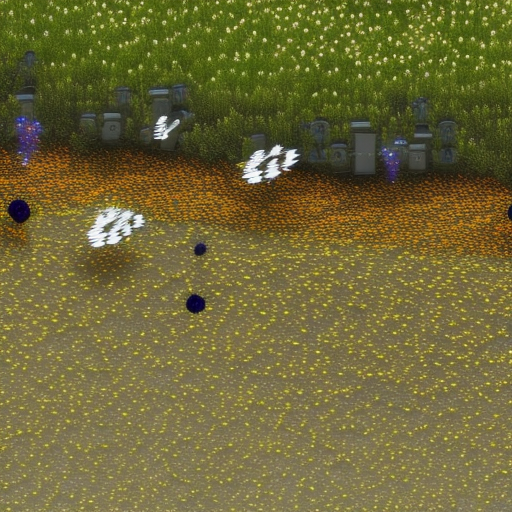
[A swarm of sleek robotic bees with metallic wings, busily pollinating vibrant, pixelated flowers in a high-resolution meadow.]
“Rain of Data” demonstrated an interpretation of the themes without a cohesive synthesis of the ideas. Each element was present but failed to coalesce into a meaningful or aesthetically pleasing whole.
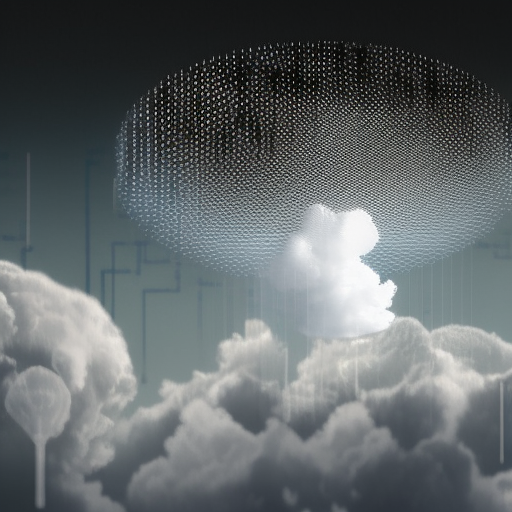
[A looming cloud made of flickering binary code, releasing a rain of cascading data droplets onto a landscape of hardware.]
The representation of “Phoenix of the Motherboard” was particularly puzzling, as the AI model chose to depict a human figure rather than the mythical bird. The appearance of a woman suggests the possible influence of cultural associations with the term ‘phoenix,’ as in the X-Men character.
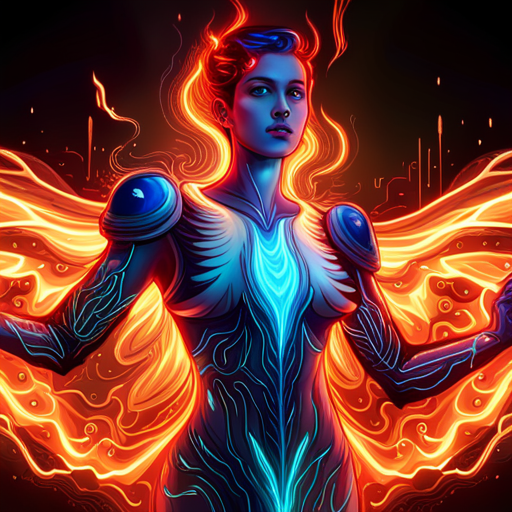
[A majestic techno-phoenix, its body formed from glowing wires and shimmering screens, rising from the smoldering remains of a motherboard.]
In “Electronic Peaks,” the thematic elements were once again present, yet not as per the original vision of the prompt. The model seemed to struggle with the integration of discarded technology into a natural landscape.
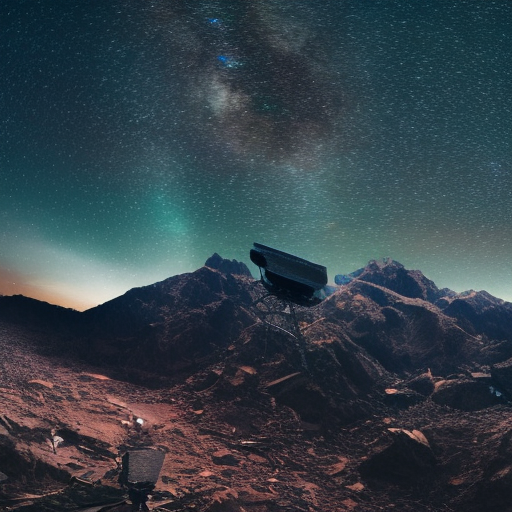
[A sprawling mountain range crafted from discarded technology, peaks of monitors and valleys filled with cables, under a sky filled with satellite stars.]
“The Fiberweb” led to an unsettling representation of a ‘spider,’ showcasing the capacity of AI to interpret prompts in unexpected and potentially unnerving ways.
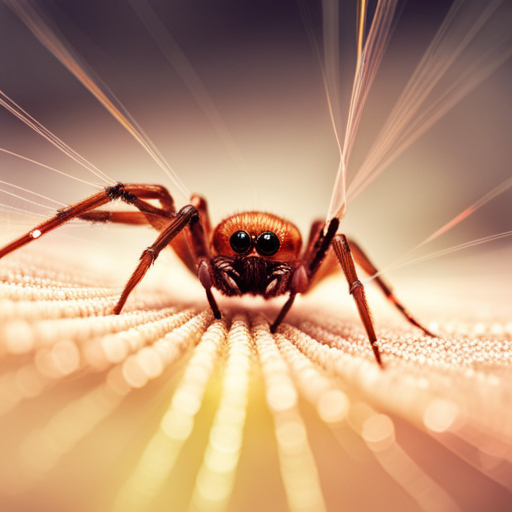
[A delicate, crystalline spider weaving a web of fiberoptic strands, each one transmitting a rainbow of data.]
“River of Bytes,” while not exactly following the prompt, presented an interpretation of a canyon that was visually interesting.

[A river of liquid data flowing through a canyon of computer servers, banks lined with software flora and fauna.]
The representation of “Seasonal Screens” lacked the complexity of the prompt, yielding an image that seemed more akin to a Christmas-lit tree. However, it was in line with the general theme of integrating technology with nature.
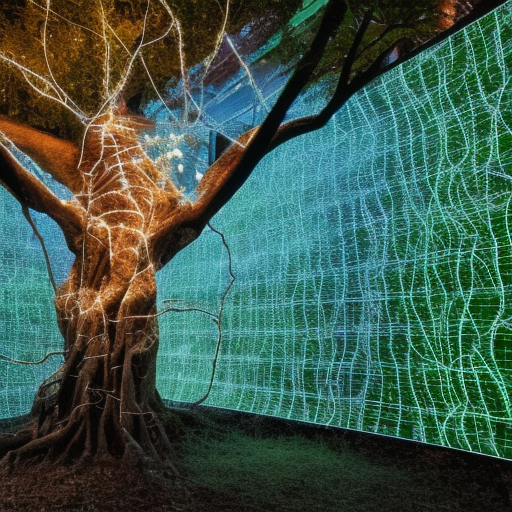
[An ancient tree with roots of twisted cables and branches of circuitry, its leaves holographic screens displaying the seasons.
“Solar Petals” offered a disjointed amalgamation of mechanical flowers and solar panels, lacking the envisioned fusion of the two elements.
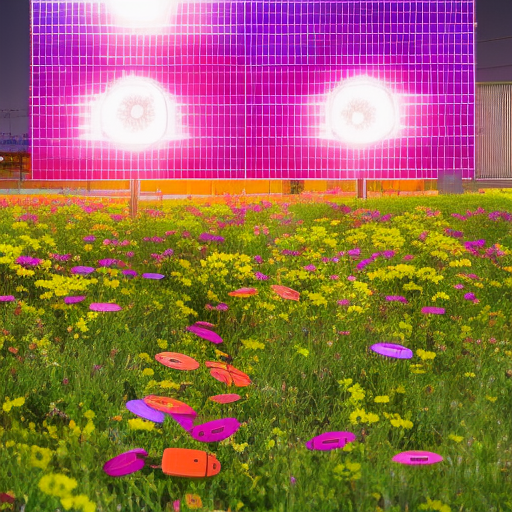
[A field of mechanical flowers with petals of solar panels, blooming under the artificial light of a neon sun.]
“Flight of the Pixel” appeared to misinterpret the assignment entirely, with an image that seemed more akin to a bird operating a touchscreen laptop.

[A digital bird with wings of thin screens, flying over a terrain of computer keyboards and trackpad lakes.]
Lastly, “Melodic Trails” was the most perplexing, as the resulting image bore little resemblance to the elements of the prompt. It could be interpreted as a challenge in translating abstract, auditory concepts into visual form for the AI.
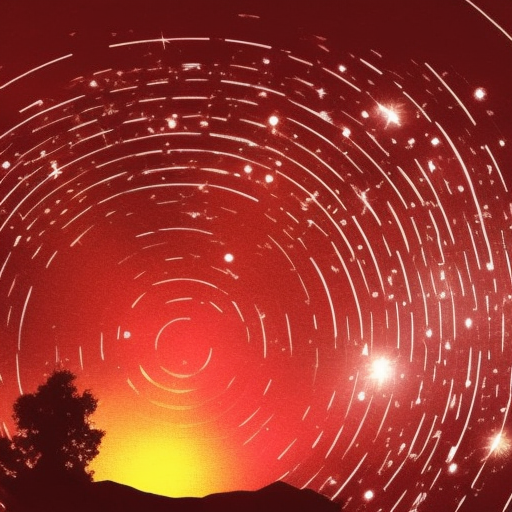
[A nocturnal scene of a moon made of compact discs illuminating a landscape of music hardware, with shooting stars leaving trails of melodies.]
In conclusion, this experiment showcases the fascinating, unpredictable, and at times, bizarre results that can emerge from AI-driven artistic interpretation. It underscores the need for carefully crafted prompts and further development of AI interpretation capabilities.
Now, without further ado, let’s take a look at our editor’s favorite representation of each prompt:
[Same order as in the post, various SD engines]
Categories: Uncategorized
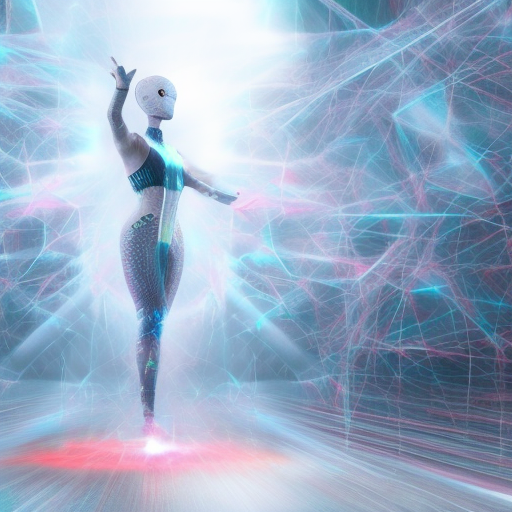
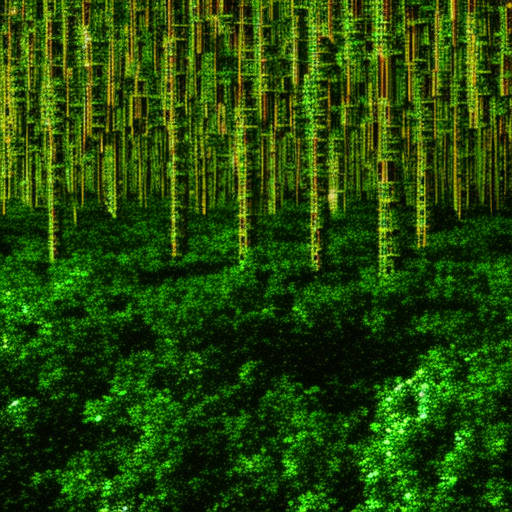

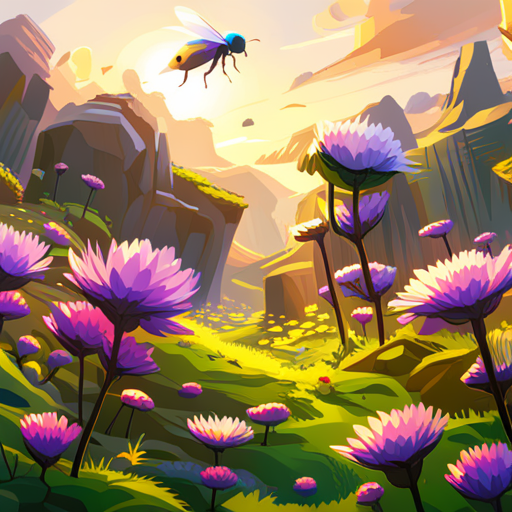

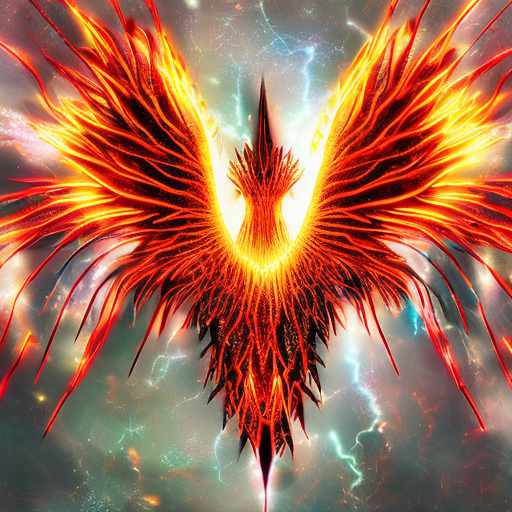
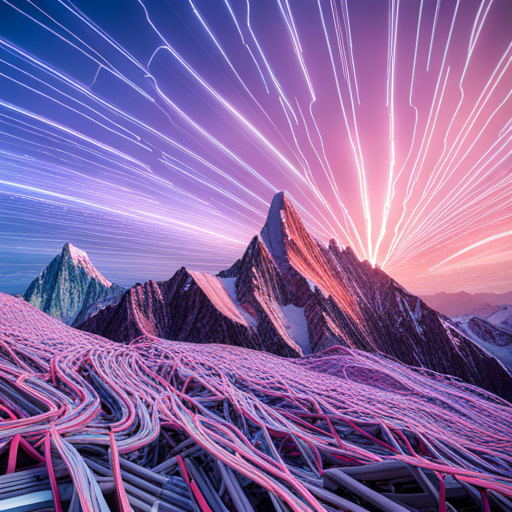
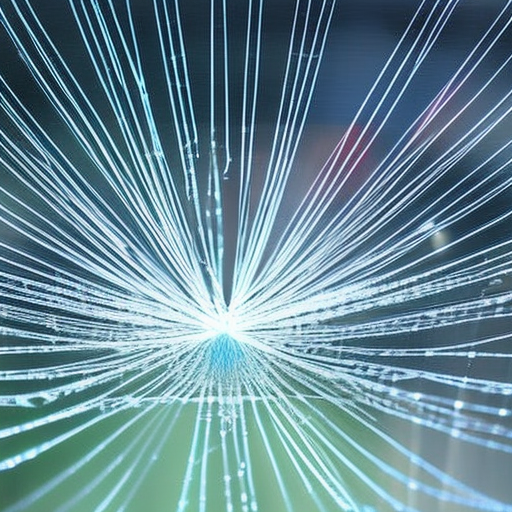
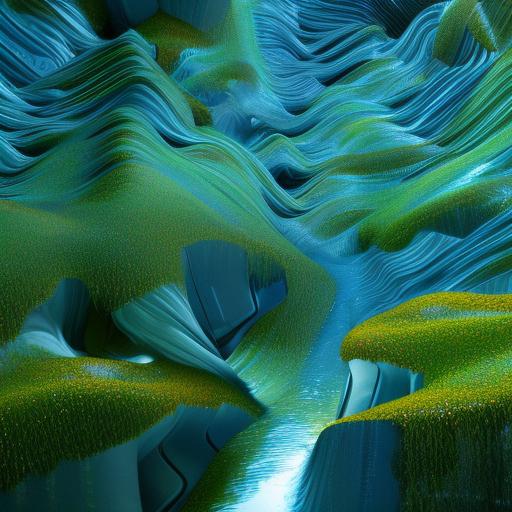
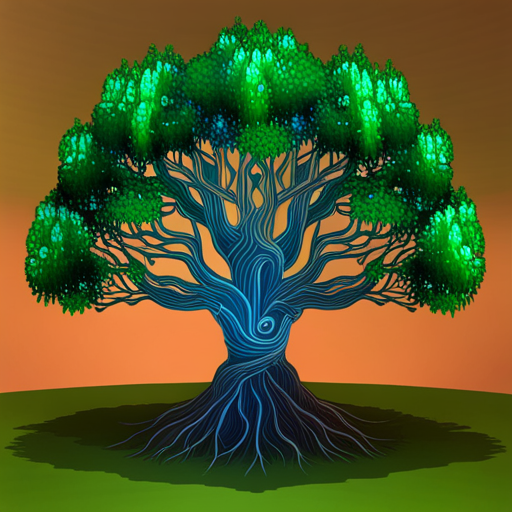

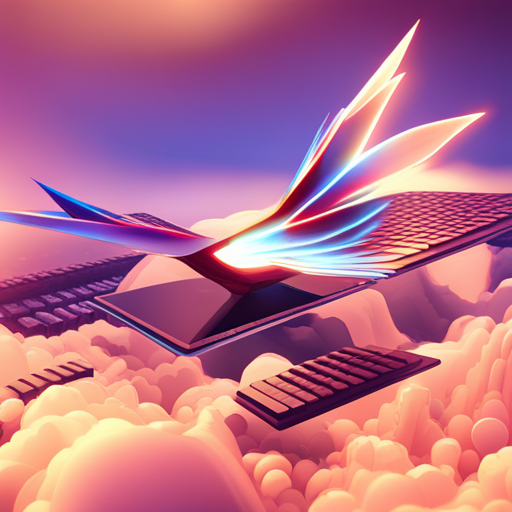

Leave a Reply